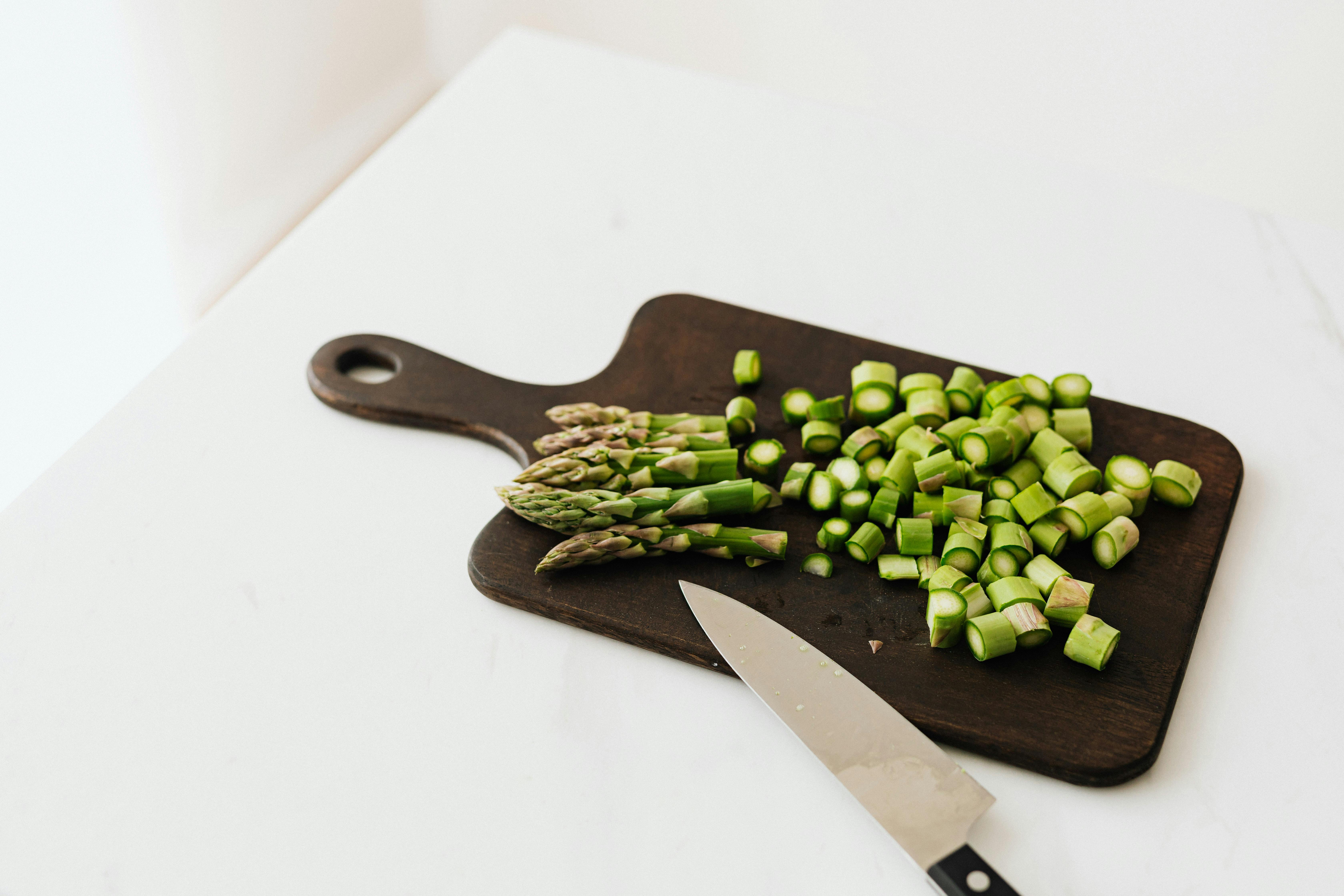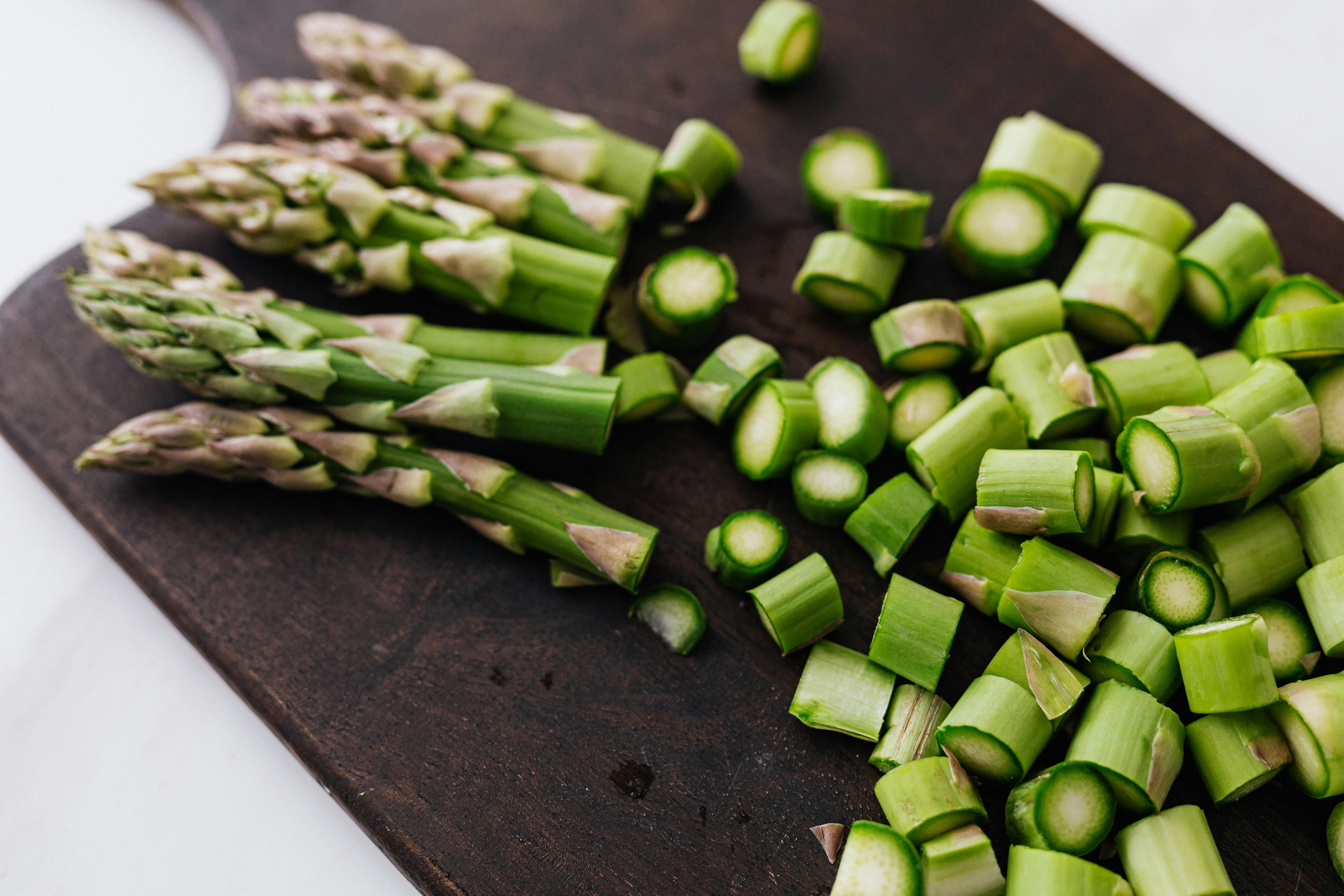Steam distillation is a process used to extract essential oils from herbs. It is a gentle and effective method that has been used for centuries to produce essential oils. In this process, steam is passed through the herb material, causing the essential oils to be released from the plant matter. The steam and essential oil vapor are then condensed and collected in a separate container. This process is very efficient, capable of extracting high concentrations of the desired essential oil with minimal damage to its delicate constituents. In this article, we will discuss how to steam distill herbs and the benefits of using this method.Steam distillation is a process that uses steam to separate mixtures of liquids with different boiling points. It works by heating the mixture until it boils, then releasing the vaporized components into a condenser where they can be separated and collected. Steam distillation is commonly used in the production of essential oils and other compounds.
What You Need To Steam Distill Herbs
Steam distillation is a process used to extract essential oils from a variety of herbs and plants. In order to steam distill herbs, you will need several components, including a pot, lid, water, condenser and collection vessel.
Pot
The pot is the main component of any steam distillation setup. It should be able to hold enough water to fully submerge the herbs that you’re going to be using. If the pot is too small it won’t be able to hold enough water and if it’s too large it can take too long for the water to boil and extract the essential oils from the herbs.
Lid
The lid of the pot needs to fit tightly in order to make sure that all of the steam created during the process stays inside. This is important because it will help create a higher pressure environment in which more oil can be extracted from the herb material.
Water
Of course, you will need water in order for your
How To Operate A Steam Distiller
Steam distillation is a process that is used to separate mixtures of liquids that have different boiling points. This technique is often used for essential oil extraction from plants. To operate a steam distiller, you need to first prepare the materials and apparatus. You will need a container for the liquid mixture, a condenser, a receiver and a heat source.
Once the materials are prepared, the process of steam distillation can begin. Start by adding the liquid mixture into the container and then heat it up with the heat source until it begins to boil. When it has reached its boiling point, steam will rise from the liquid and travel through the condenser where it will cool and turn back into liquid form. The newly formed liquid will then be collected in the receiver where it can be further processed according to your needs.
When operating a steam distiller, make sure to keep an eye on both temperature and pressure levels as they are important factors for successful steam distillation. It is also important to keep track of how much steam has been created as this

Collecting The Essential Oil From The Steam Distillation Process
Steam distillation is a widely used method for collecting essential oils from plant materials. It involves boiling the plant material in water and then capturing the steam, which contains the oil molecules, in a condenser. The oil and water are then separated into two distinct phases, allowing for the essential oil to be collected and stored. Steam distillation is an effective method of extracting essential oils because it preserves the delicate molecules of the oil while still allowing for its efficient collection.
The process begins by prepping the plant material prior to distillation. This often includes drying or grinding up the material in order to release more of its volatile compounds into the steam. Once this is done, it is placed in a steam distiller, which is essentially a container with pipes running through it that allow steam to enter and exit while keeping the plant material contained.
The steam is generated from boiling water beneath the container and rises up through holes within it. As it passes over the plant material, some of its volatile compounds are released into it, which are then carried away by the steam as it exits
Storing Your Essential Oil Properly
Essential oils are highly concentrated plant extracts and need to be stored carefully in order to maintain their therapeutic properties. The good news is that essential oils can last a very long time when stored properly. Here are some tips on how to store your essential oil:
First, keep your essential oils away from direct sunlight and heat. Sunlight and heat can break down the chemical structure of the oil, making it less effective. Store your essential oils in a cool, dark place such as a cupboard or drawer.
Second, make sure your essential oils are tightly sealed when not in use. Exposure to oxygen will cause the oil to oxidize and lose its potency over time. Make sure you tighten the bottle lid after each use.
Third, store your essential oils away from other products or materials that could react with them. Essential oils can react with certain materials such as plastics or metals, so make sure you keep them away from any potential reactions.
Finally, be careful when handling your essential oils as they can be very potent. Avoid contact with
Gather the Right Herbs and Equipment
The first step to successfully steaming and distilling herbs is to ensure you have the right herbs and equipment. You’ll need a still, which can be purchased online or at a specialty store. Additionally, you’ll need to gather the herbs needed for your desired product. Make sure to research the type of herbs that will work best for what you’re trying to achieve.
Clean your Still
Once you’ve gathered all of your ingredients and equipment, it’s important to clean your still thoroughly before beginning the steaming and distilling process. This will help ensure that any impurities from prior uses don’t contaminate your product. You should also make sure any pipes or hoses connected to the still are properly cleaned as well.
Prepare Your Herbs
The next step is to prepare the herbs for steaming and distilling. Depending on the type of herb, this could involve chopping, grinding, or macerating them into a paste or powder-like substance. This will help ensure that

Conclusion
Steaming distilling herbs can be a great way to make use of all the amazing properties that herbs have to offer. While it may take a bit of time and effort to get the process right, once you do, you will be able to enjoy the benefits for years to come. This process is also an excellent way to preserve your herbs, ensuring that they stay as fresh as possible for as long as possible. Finally, steaming distilling herbs can give you an incredibly powerful and pure form of herbal extract that is perfect for making medicines, tinctures, and other remedies.
Overall, steaming distilling herbs is a great way to make use of their amazing properties in a safe and effective manner. With the proper knowledge and tools in hand, anyone can easily steam distill their own herbs in no time at all. So why not give it a try?

